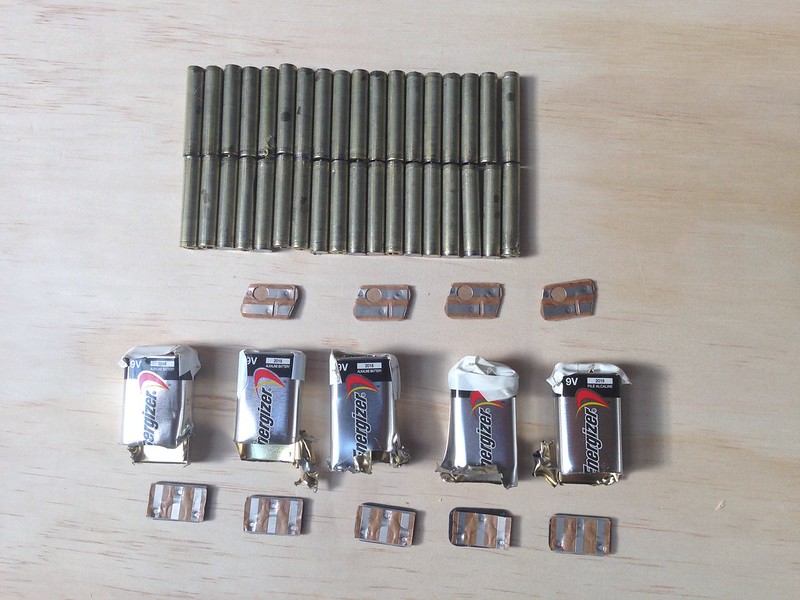Dangerous Done Well - Tuesday Day 1
Class one opens with a simple provocation. "Lick a battery" Sean and Josh tell the kids. With appropriate mis-trust of authority in a class with "dangerous" in the title, zero kids lick the battery. So Josh lick's the battery first and gets a little jolt and an odd flavor. Seeing a lack of injury or pain about half the class joins in on licking a 9 volt.
Next, Josh pulls out a 12 volt go-cart battery with some wires attached to the anode and cathode, and then quickly touches the wire together creating a vibrant spark and an audible noise. "Who'd like to lick the 12v?" One child jokingly raises their hands, but no one seriously want's to pursue this idea. So what just happened? What did our brains just do? The discussion opens as we drop the term "risk mitigation" and talk about how the world is full of dangerous things, but by approaching them carefully, thoughtfully and systematically we can do those dangerous things safely (well). We lay out a specific framework of risk mitigation, and go from there.
From here on out, the class evolves based on the kids ideas and urges. Someone shouts out "What if we cut the 9v open?" A valid question. We walk through the steps. Whats the idea? Lets asses potential problems. Do we have experience in this area? Can we make a guess at what might go wrong? Who are the experts we should ask?
Sean, one of the co-collaborators, is worried that we will unleash dangerous lead acid, but isn't sure. So we take out a computer and consult some more experts. Has anyone done this before? What issues did they face? We find out that Sean's hunch is slightly off. Most batteries do have lead acid, but a 9v is actually composed of smaller batteries. We could safely cut the larger battery open. So we did.
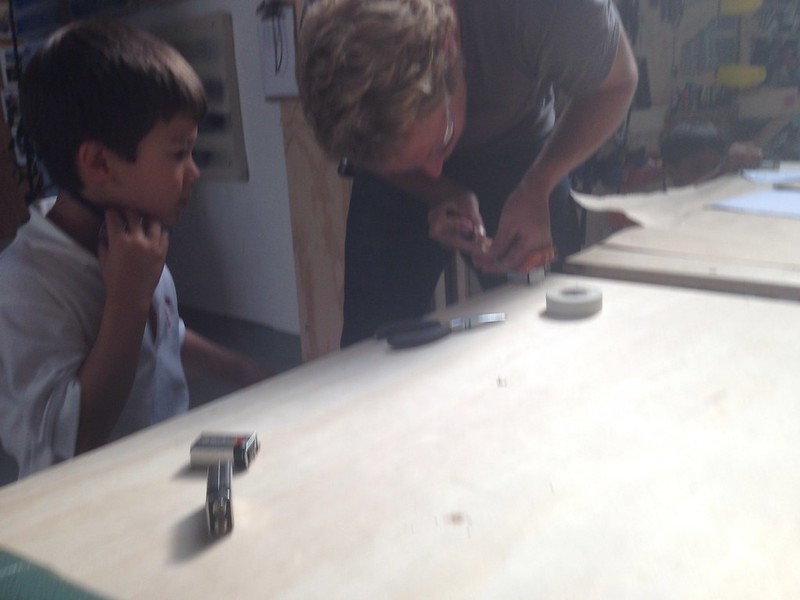
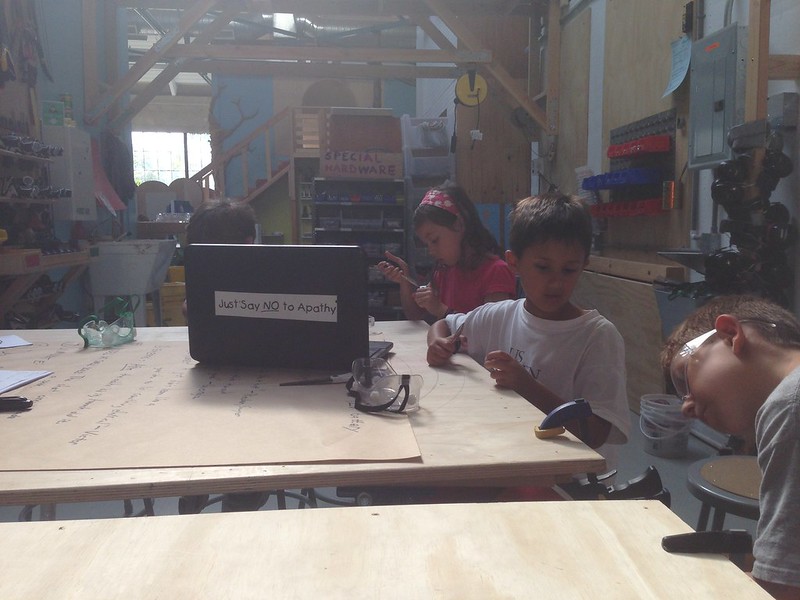
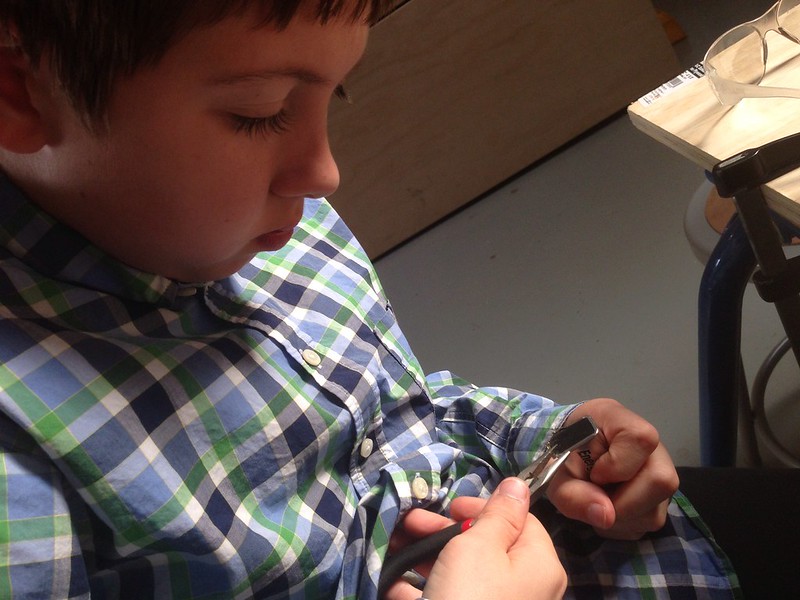
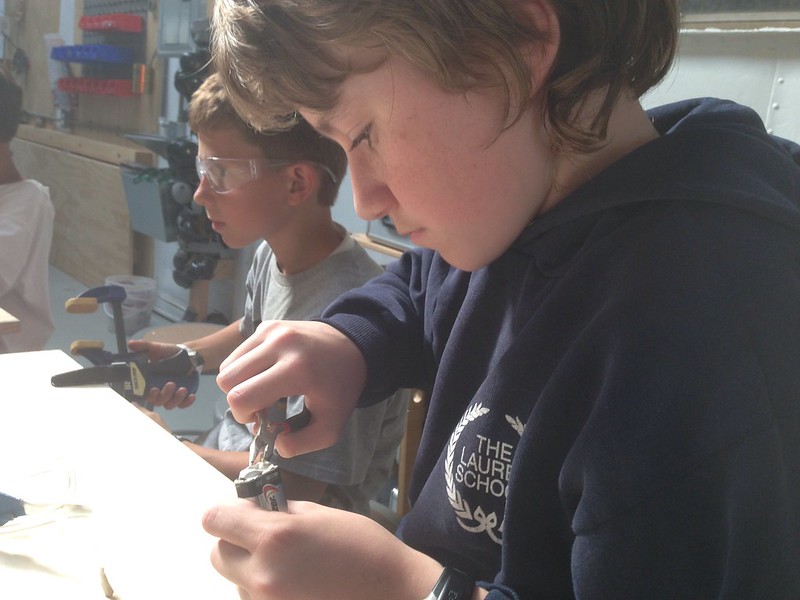
We discovered some hidden beauty in a seemingly simple little package.
